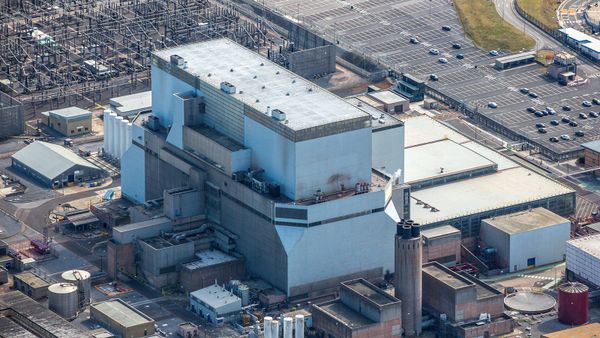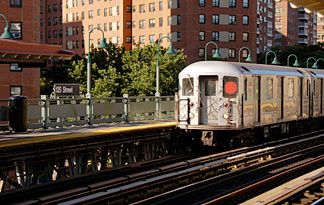Electrical power is a little bit like the air you breathe: You don't really think about it until it is missing. Power is just "there," meeting your every need, constantly.
It's only during a power failure, when you walk into a dark room and instinctively hit the useless light switch that you realize how important power is in your daily life.
Advertisement
You use electrical power for heating, cooling, cooking, refrigeration, light, sound, entertainment, computers, mobile devices and maybe even your car. Without power, life as we know it doesn't exist.
Electrical power travels from the power plant to your house through an amazing system called the power distribution grid. The grid is quite public — if you live in a suburban or rural area, chances are it is right out in the open for all to see. It is so public, in fact, that you probably don't even notice it anymore. Your brain likely ignores all of the power lines because it has seen them so often.
Although most of us take the power grid for granted, it's anything but simple. There are 450,000 miles (724,205 kilometers) of high-voltage power lines and 160,000 miles (257,500 kilometers) of overhead transmission lines in the United States connecting electrical power plants to homes and businesses [source: DOE]. Since large amounts of energy cannot be stored, electricity must be produced as it is used [source: EIA]. The power distribution grid must respond quickly to shifting demand and continuously generate and route electricity to where it's needed the most.
The power grid is also evolving. Upgrades in technology now let us connect our own home-generated electricity to the grid — using solar panels or wind generators — and get paid back by utilities. The U.S. federal government is also investing in a so-called smart grid that employs digital technology to more efficiently manage energy resources. The smart grid project also will extend the reach of the grid to access remote sources of renewable energy like geothermal power and wind farms [source: DOE].
In this article, we will look at all of the equipment that brings electrical power to your home and what kinds of glitches can cause a blackout.



